
As a child, when I started using a computer (with Windows XP), my favorite application was MS Paint. I spent hours doodling on it. Years have passed by, and I still like to doodle something or the other in my spare time.
I came across a few paint applications that are open-source and available for Linux!
Allow me to take you through those.
1. Pinta
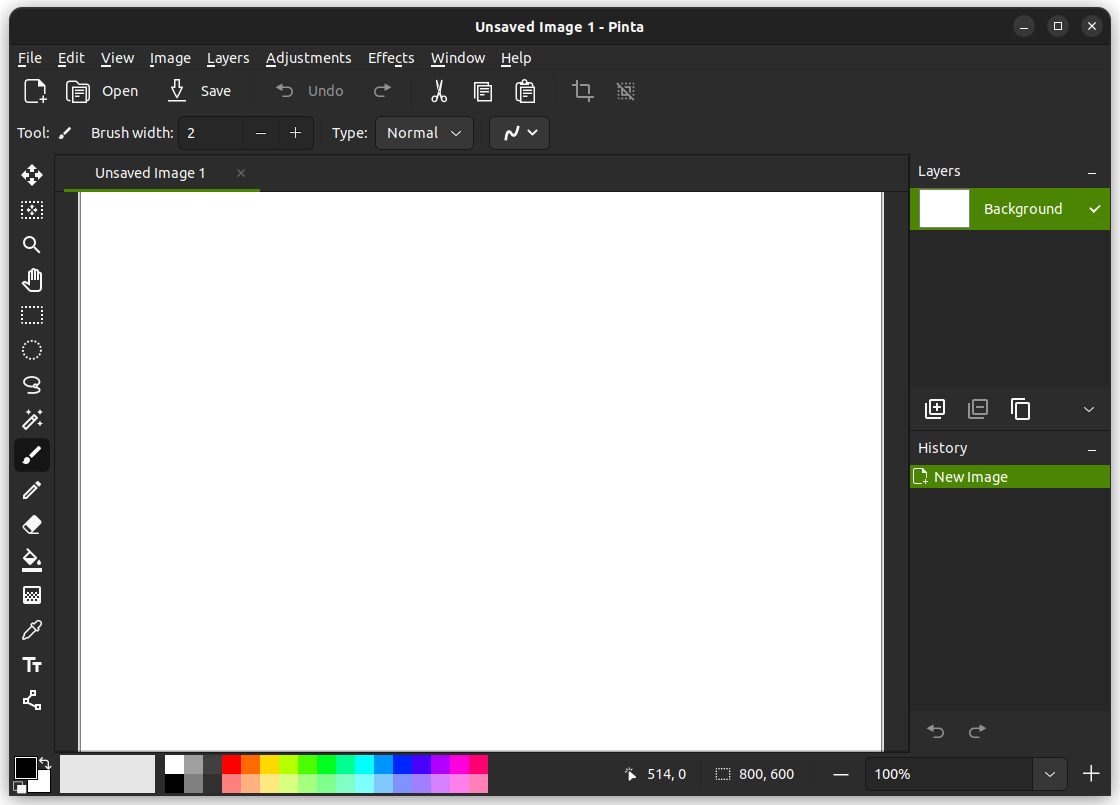
Pinta is an impressive open-source paint application that is perfect for drawing and basic image editing. In other words, it's a simple paint application with some fancy features.
You may consider Pinta as an alternative to MS Paint on Linux, but with layer support and more. It also acts as a nice Linux replacement for Paint.NET, which is only available for Windows.
🔆 Key Highlights
- Great alternative to Paint.NET / MS Paint.
- Add-ons support.
- Layer support.
How to install?
You should be able to easily find it in the software center of your Linux distro, just type in “Pinta” and get started.
If you don't find it there, then you can always opt for the Flatpak, or enter the following command in the terminal (Debian/Ubuntu):
sudo apt install pintaFor more information on other download packages, source code, and installation instructions, refer to the official download page and launchpad page.
2. Dibuja
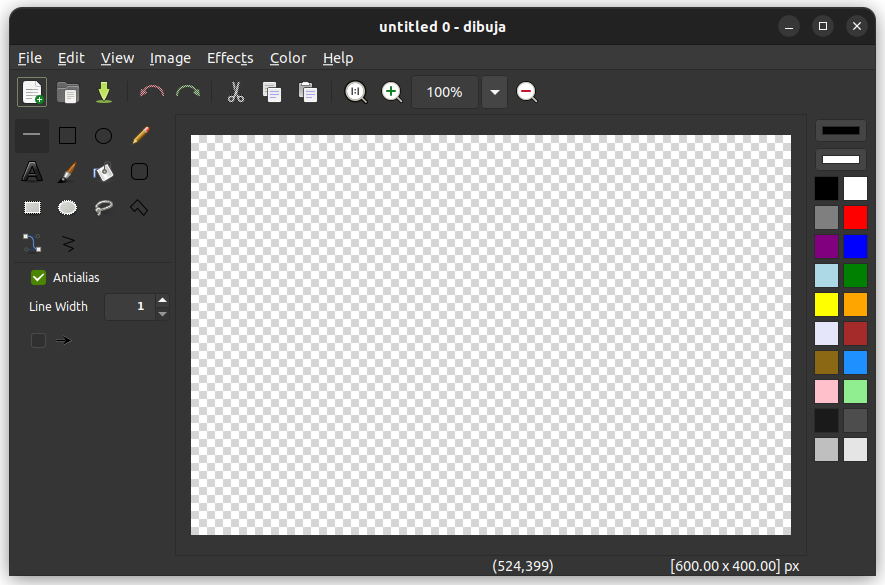
This is a simple-to-use paint program similar to the classic MS Paint experience, but for Linux. With this, you can easily create drawings, add effects, edit images, and more.
🔆 Key Highlights:
- Classic MS Paint-like experience.
- Variety of drawing tools.
- Small storage footprint.
How to install?
The official website hosts the tar.gz, and .deb packages, you can choose between those to get started with Dibuja.
3. LazPaint
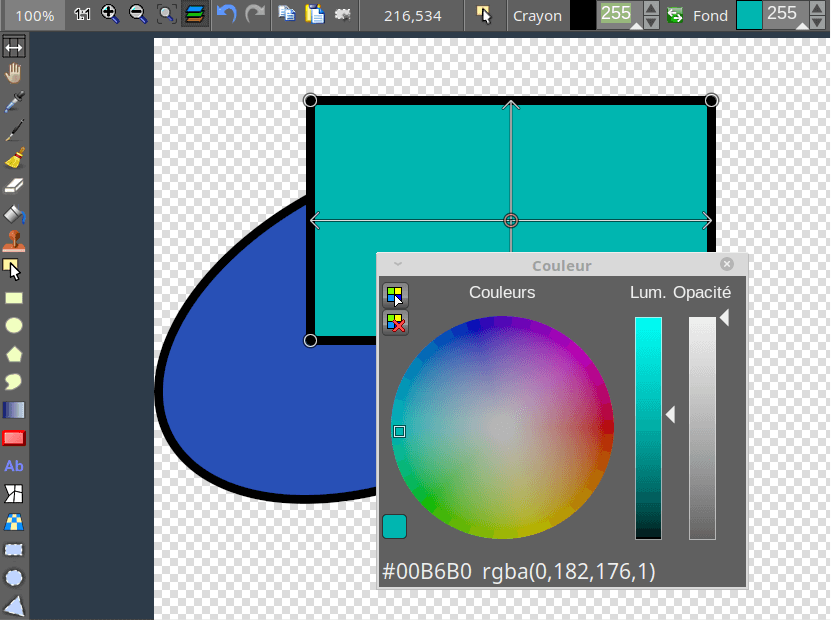
This is yet another app that is not just for painting, but also for image editing. It has support for editing with raster and vector layers, alongside a number of useful drawing tools.
🔆 Key Highlights:
- Many drawing tools.
- Keyboard shortcuts.
- Support for a variety of file formats.
How to install?
LazPaint is available for Linux, Raspberry Pi, Windows, and macOS. You can head over to the official website to grab the package of your choice.
For accessing the source code, you may head over to its GitHub repo.
4. Krita

Krita is one of the most advanced open-source paint applications for Linux. It helps you draw sketches with its clean, flexible interface. In addition to that, it also offers plenty of features.
For instance, if you have a shaky hand, it can help you stabilize the brush strokes with its in-built brush stabilizers. You also get built-in vector tools to create comic panels and other interesting things.
🔆 Key Highlights:
- HDR Painting
- PSD Support
- Layer Support
How to install?
Similar to Pinta, you should be able to find it listed in the software center of your Linux distro. If you don't find it there, then you can head over to the Flathub store to grab it.
What if you want to install it via terminal? Well, type in the following command (Debian/Ubuntu) :
sudo apt install kritaYou can also head over to the official download page to get the AppImage file and run it.
If you have no idea about AppImage files, you can refer to our guide.
5. Rnote
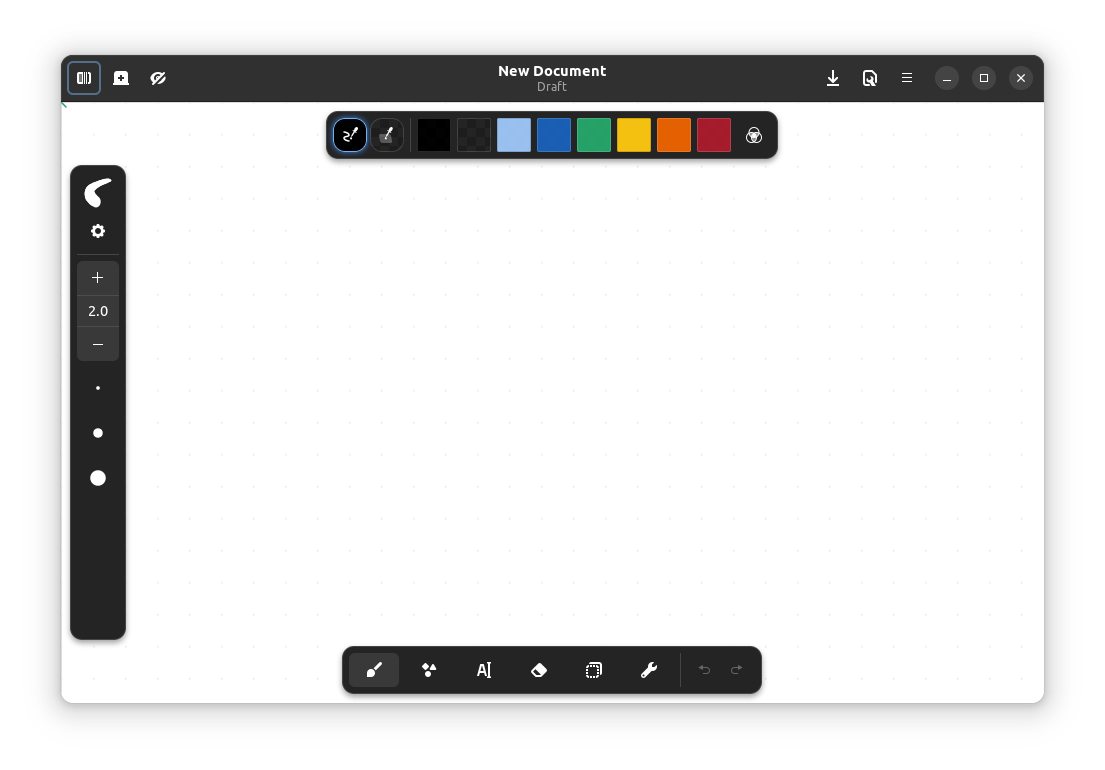
Rnote is an open-source vector-based drawing app that allows for handwritten notes, sketching, annotating documents, and more.
Its main focus is on users with drawing tablets, and that shows in its adaptive UI that is focused on stylus input.
🔆 Key Highlights
- Drag/Drop Clipboard support.
- Autosave Functionality.
- Support for PDF, Bitmap, and SVG.
How to install?
You can grab Rnote from the Flathub store, or build it from the source code by visiting its GitHub repo.
6. Pixelorama
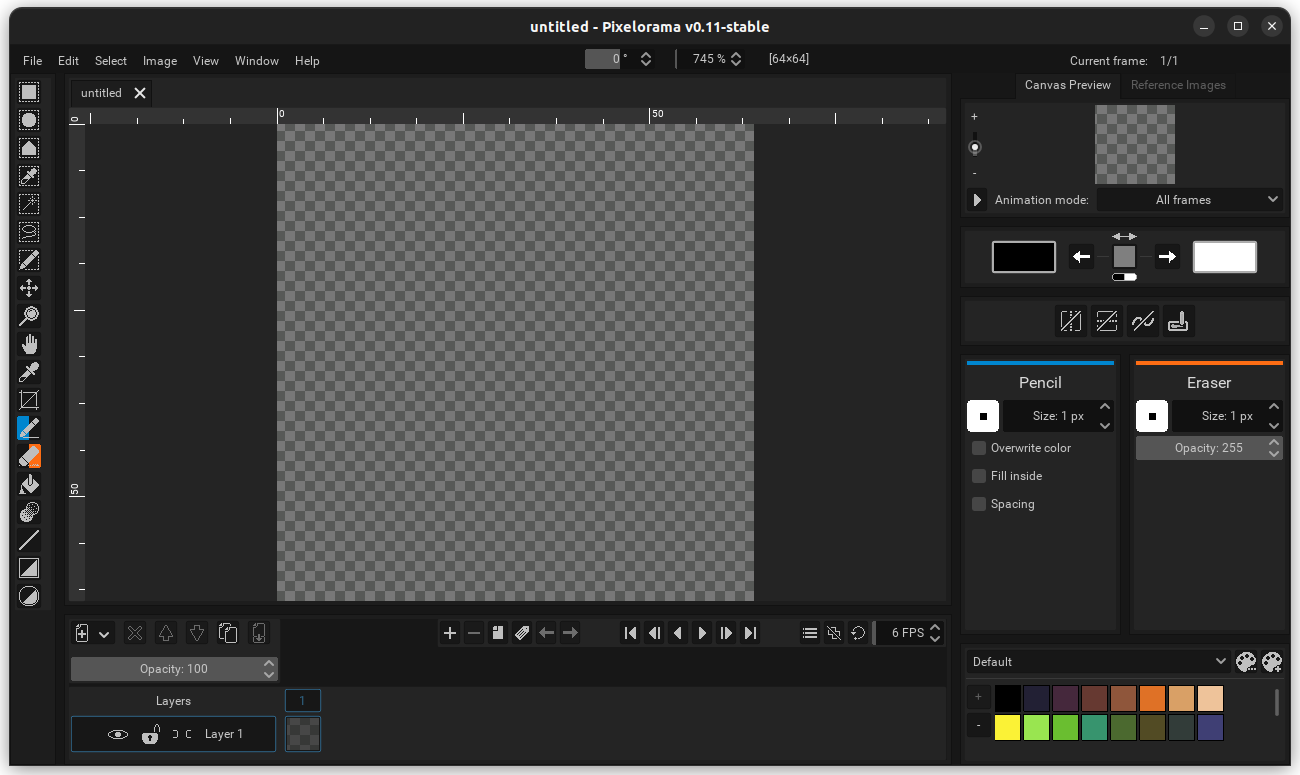
This one is a bit different from the rest, Pixelorama is an open-source pixel art editor that has been created using the popular Godot engine.
You can use this to create game graphics, animated pixel art, tiles, and other types of pixel art.
🔆 Key Highlights
- Animation Timeline
- Pixel Perfect Mode
- Custom Brushes
How to install?
Pixelorama is available from many sources, you can either head over to the official website, or to its GitHub repo. But, the most simple way to get it would be from the Flathub store.
7. Tux Paint
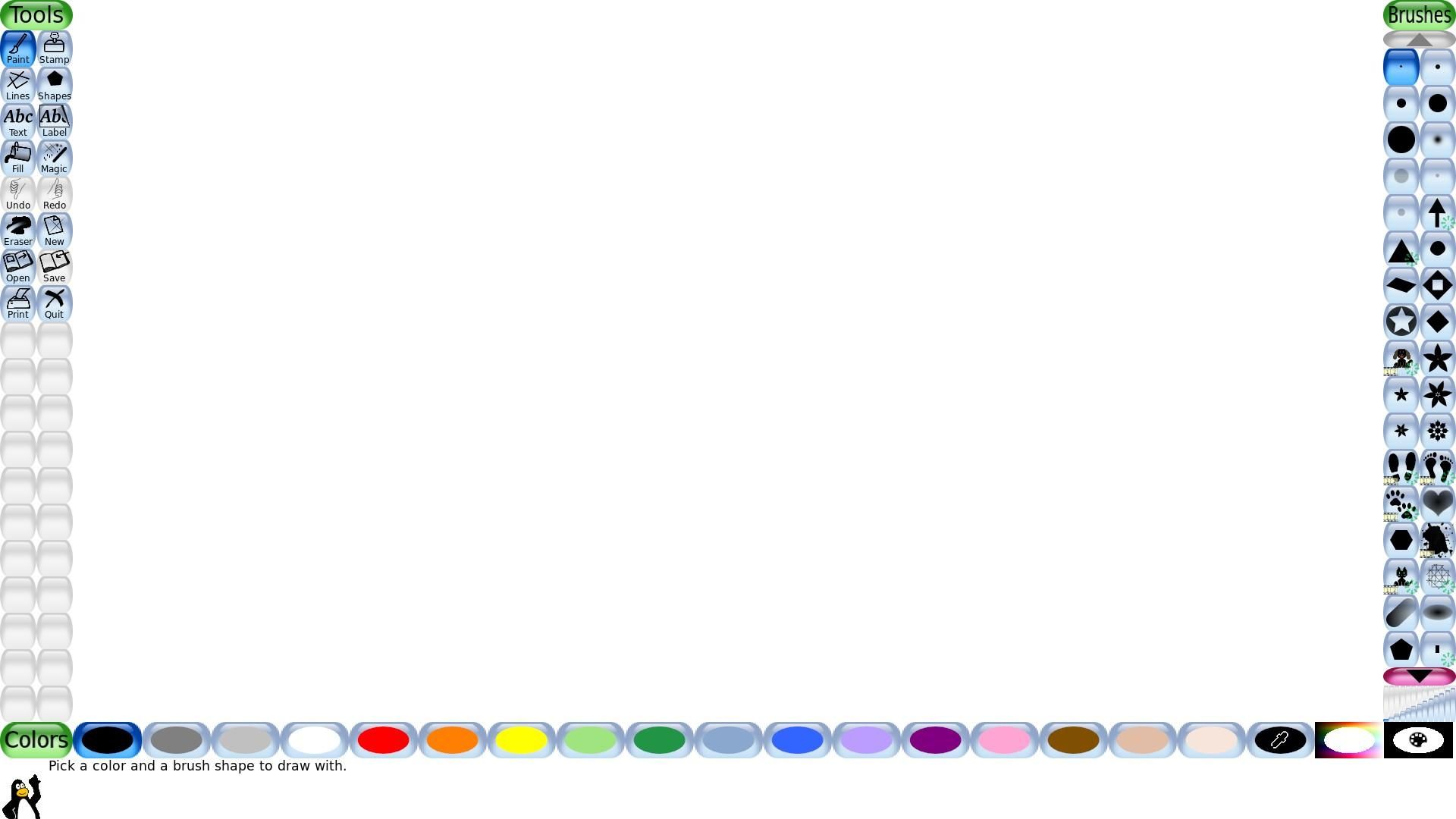
I’m not kidding, Tux Paint is one of the best open-source paint applications for kids aged between 3–12 years. It has the combination of an easy-to-use interface coupled with fun sound effects and a cartoon mascot who acts as a helper.
🔆 Key Highlights:
- Simple Interface
- Multi-Platform
- Many accessibility options
How to install?
Tux Paint can be downloaded from the software center or from the Flathub store. To install it using the terminal, type the following command (Debian/Ubuntu):
For other packages, you can head over to its official site or the Sourceforge project page.
8. Drawpile
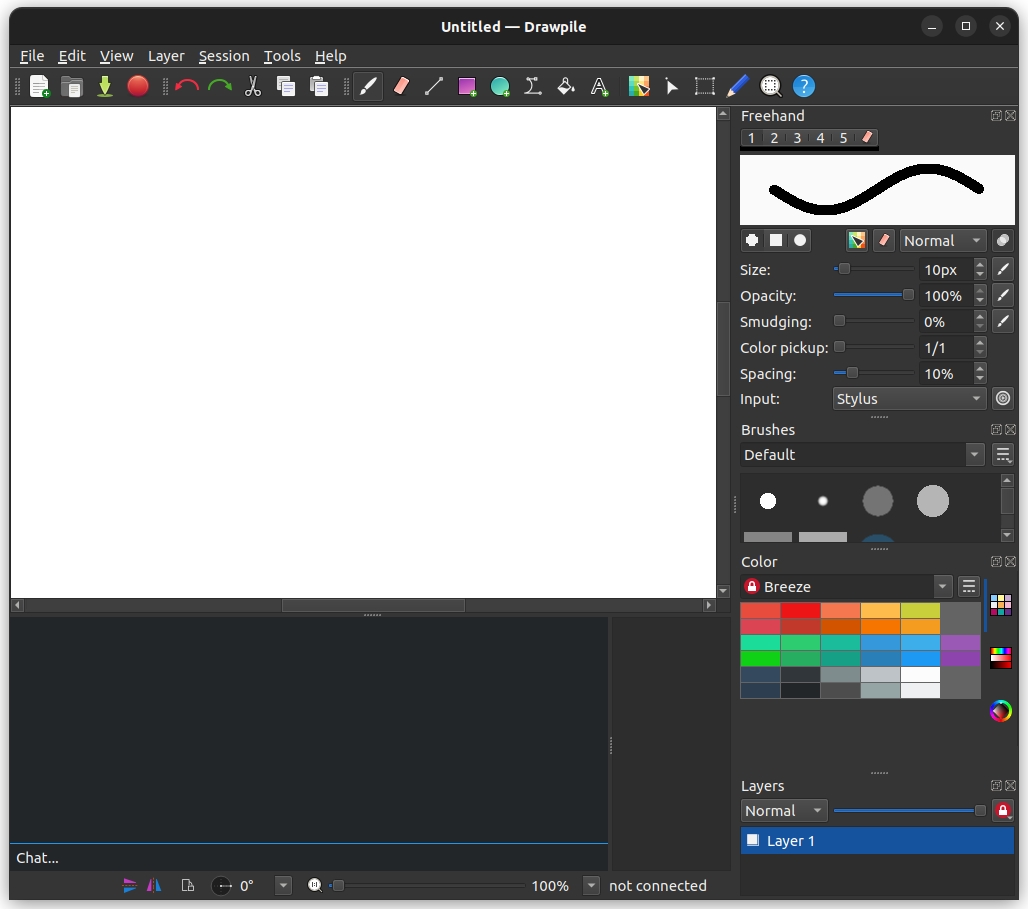
Drawpile is an interesting open-source paint application that lets you collaborate with other users in real-time. It allows you to draw on the same canvas, and also has support for layers, brushes, recording/animation, and more.
You can host/join a public session or start a private session with your friends, which requires a code. By default, the server will be your computer. But if you want a remote server, you can opt for that as well.
🔆 Key Highlights:
- Collaborative Drawing.
- Built-in chat interface.
- Record drawing sessions.
How to install?
You can grab it from the Flathub store. For the source code, or other packages, you can refer to its GitHub repo.
9. PhotoFlare
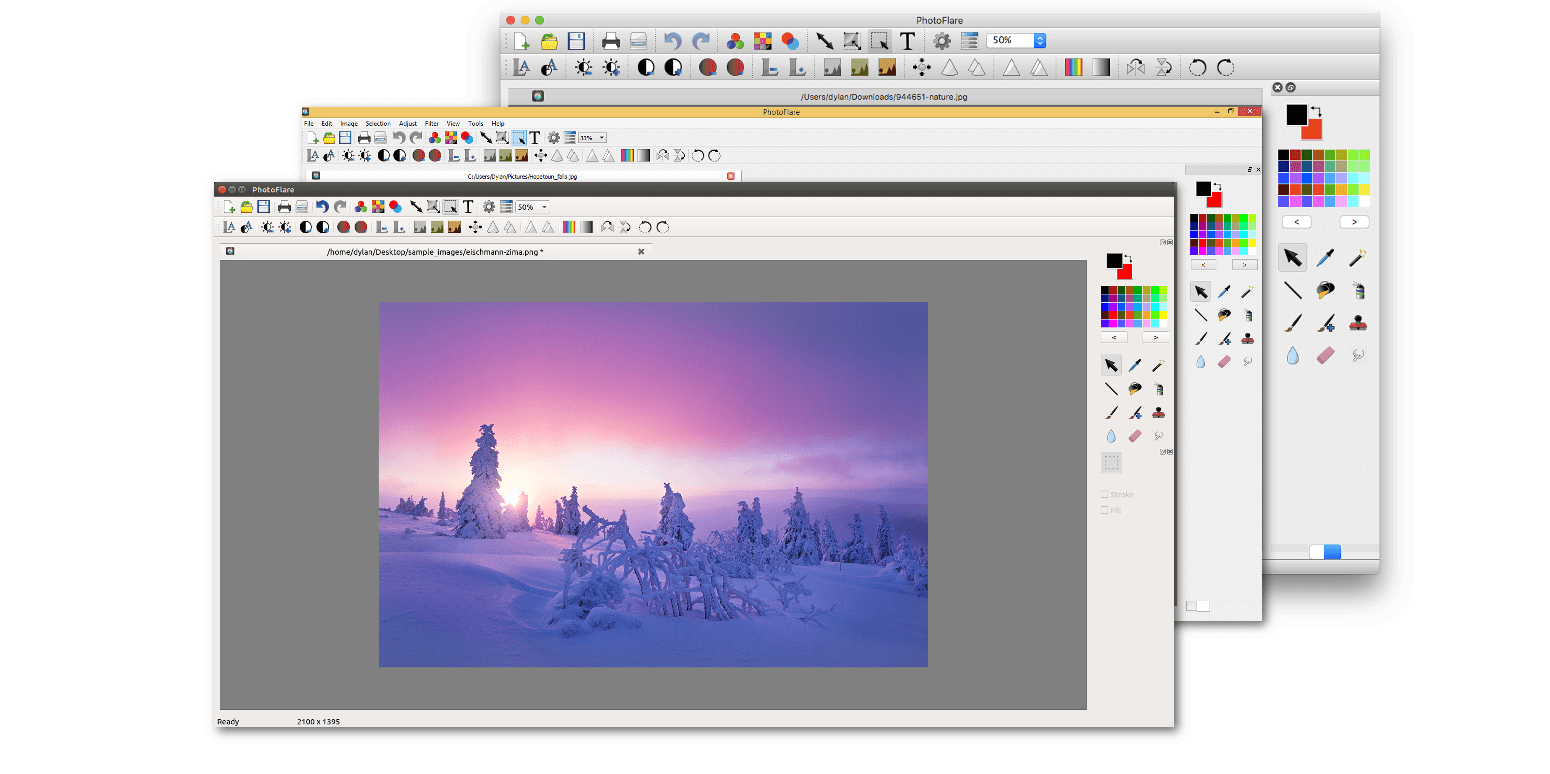
PhotoFlare is not exactly just a paint program, it's also a powerful image editor that features plenty of painting tools.
Built on the well-known C++ language, it is a cross-platform app that offers plenty of features for a digital artist.
🔆 Key Highlights:
- Packed with features.
- Cross-platform.
- Keyboard shortcuts.
How to install?
You can head over to the official website to grab the package of your choice, it is available for Linux, FreeBSD, and Windows.
For installation info and the source code, you can take a look at its GitHub repo.
10. MyPaint
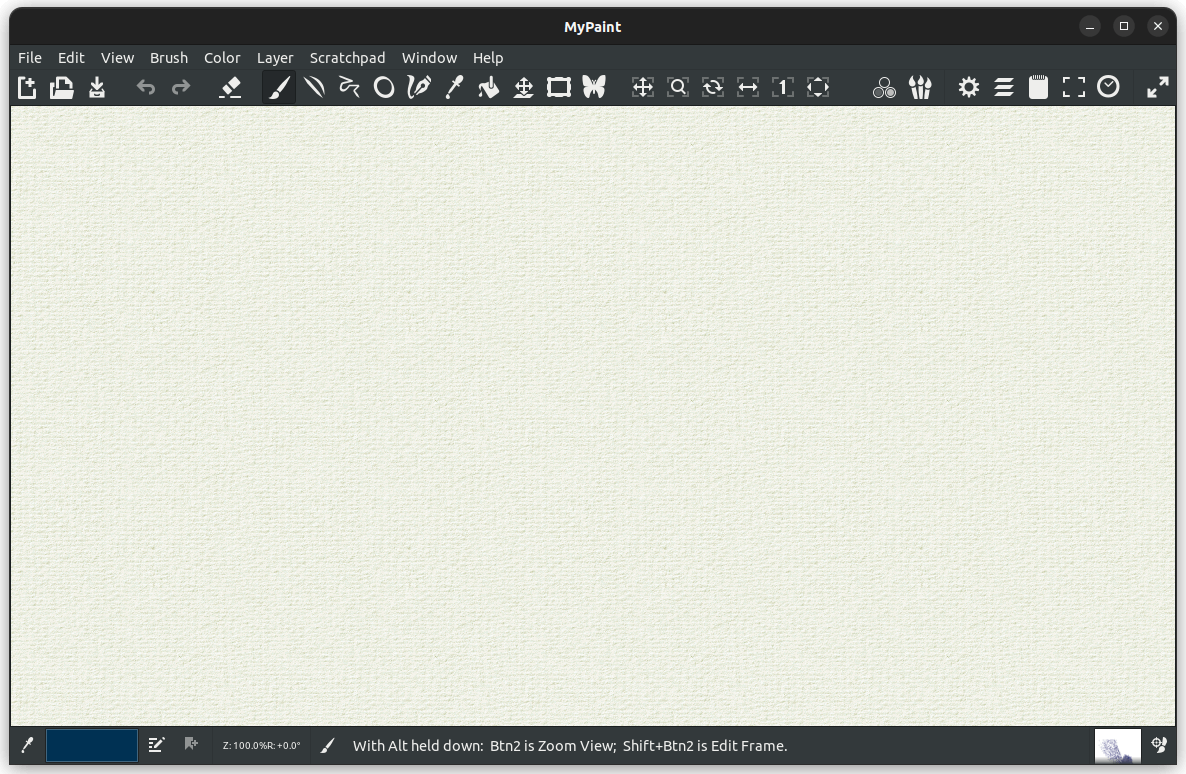
MyPaint is a simple yet powerful tool for digital artists. It features plenty of options to get the perfect brush stroke.
I’m not much of a digital artist, but I observed quite a few options to adjust the brush, the colors, and an option to add a scratchpad panel. It also supports layer management, in case you want that.
🔆 Key Highlights:
- Configurable brushes.
- Layer management support.
- Extensive graphic tablet support.
How to install?
You can head to its GitHub repo for getting the latest build, or to grab the AppImage file to use it as an executable app.
For Debian/Ubuntu, you can also type the following command in the terminal:
sudo apt install mypaint11. KolourPaint

If you aren’t looking for any Layer management support and just want an open-source paint application to draw stuff in, this is it.
Even though KolourPaint has been tailored for the KDE Plasma desktop environment, it works flawlessly on other DEs too!
🔆 Key Highlights:
- Many tools for drawing.
- Support for transparency.
- Advanced effects.
How to install?
You can install KolourPaint right from the software center on your system, or from the Flathub store.
You can also take a look at its source code or alternative packages in its KDE Invent page.
12. Drawing

Even though we’ve already covered the Drawing app separately, it's worth adding to this list.
You get filter support to add blur, transparency and similar effects to the drawing. Not just limited to some essential tools, you can also start drawing from scratch using the various brush tools available.
Key Highlights:
- Edit BMP files.
- Use pencil tool for free-hand drawing.
- Essential tools for editing.
How to install?
You can either get it from the Flathub store, or you can opt for other native packages available on the official website.
If you want to take a look at its source code, then you can also head over to its GitHub repo.
Wrapping Up
If you were wondering; What happened to GIMP and Inkscape?
Well, we have those listed in a separate article for the best Linux tools for digital artists. I recommend you check that out, if you are searching for other options.
So, that's about it for this article.
💬 If you think we missed something, feel free to let us know in the comments below!

